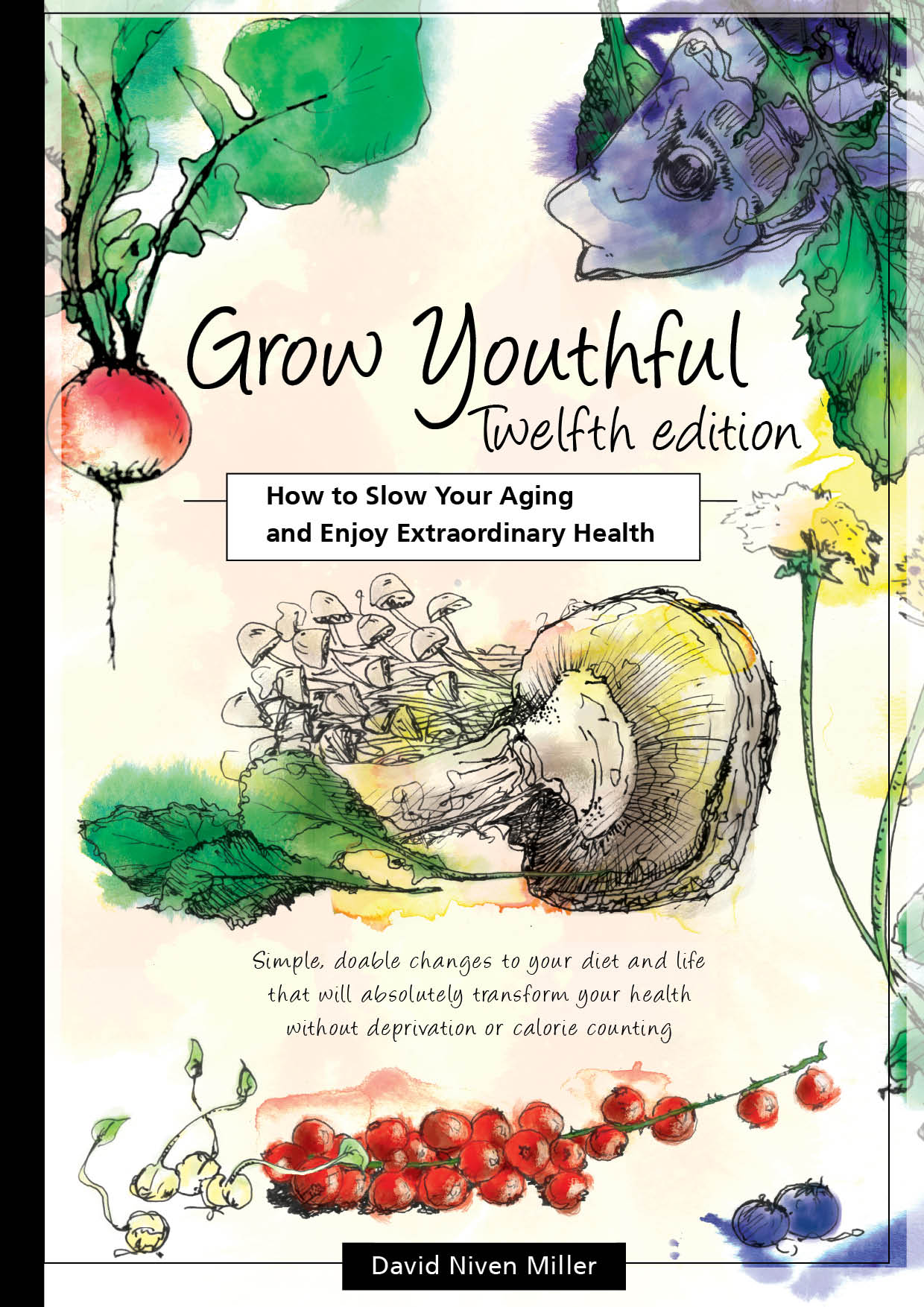

How to stop bleeding
Bleeding
Serious bleeding needs urgent attention. Call for help, or ask someone else to call for help
There are three types of external bleeding: arterial, venous and capillary
- Arterial bleeding is the most serious. Arterial blood is under pressure and bright red in colour. In severe cases you can see the blood pumping in spurts, and the patient can quickly lose a large quantity of blood
- Venous bleeding is maroon or dark red in colour, is usually under less pressure and flows more slowly than arterial blood
- Capillary bleeding from common cuts and grazes is where blood oozes slowly from a wound
Minor bleeding
Sit or lie down. Clean the wound using clean running tap water. Apply a sterile bandage or dressing
Severe bleeding
If a significant amount of blood has been lost it can cause shock, harm to various parts of the body including major organs, and even death. Take urgent action to stop the bleeding
Lie the patient down. If a leg or arm is bleeding, raise it above the rest of the body to reduce the blood loss. However, if the limb is broken or there are severe injuries, do not move it
Spurting arterial bleeding may need fingertip pressure at the point where the bleeding is coming from. Stop the blood loss until help arrives
With other severe bleeding, apply firm pressure to the wound using a pad, gauze or even soft clothing. If the injury is on a limb, wrap a bandage, tape or cloth around the wound to maintain pressure on it. If it is not possible to maintain pressure this way then use a pad and press with your hands on the wound. Keep continual pressure until help arrives. Do not lift up the pad to see if the bleeding has stopped – lifting up the pad can start the bleeding again
Tourniquet. Where a limb has been severed or there is severe arterial bleeding it may be necessary to use a tourniquet on a limb to save the patient’s life. A tourniquet may cost the person a limb
Disease. If the patient is infected, some diseases can be transmitted via the blood. If rubber or latex gloves are available, use them to avoid contact with the patient’s blood. Even clean plastic bags will do. Wash your hands thoroughly with soap and water after getting blood on them. Do not eat, drink, touch your mouth, nose, eyes or any wounds or scratches on yourself until you have thoroughly washed your hands. Ensure any blood stays away from food preparation areas

Visitor's remedies
Colloidal silver
Votes: Yes 1 No 0
1 comments
Cayenne pepper
Votes: Yes 1 No 0
1 comments

